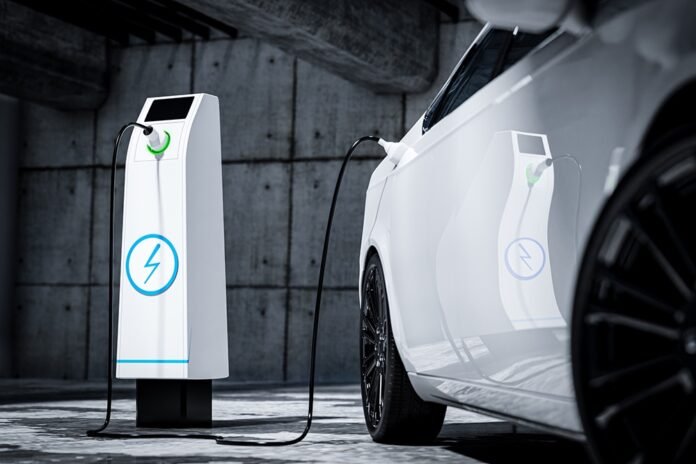The researchers evaluated more than 30 different technologies for power generation, as well as rail, wheel, and water transportation segments. At the same time, air transport was excluded from the study due to its low share in total energy consumption.
According to the director of Yakov & Partners, as well as co-author of the research report Marina Dorokhova, the most promising in the near future is the use of lithium-ion batteries for automobiles, the use of solid oxide fuel cells on natural gas for generate electricity for electric cars, as well as the use of liquefied natural gas (LNG) as an alternative and cleaner fuel for longer-range vehicles. Russia has its own developments based on the aforementioned energy production technologies, which can provide effective solutions to the country’s economy, as well as become a possible new point of export growth by 2030.
The study authors note that in seven years the total cost of transportation with a solid oxide fuel cell in Russia can be 15% less than the target total cost of vehicles with a conventional internal combustion engine. Russia already has almost all the necessary scientific and engineering base to launch mass production, it also has its own resource base, including non-ferrous and rare metals. The missing metal-supported cell technology is currently under development.
The study says that the solid oxide electrolyzer is 80% efficient instead of the standard 50-60%. Bloom Energy has already launched a product on the market that significantly reduces the cost of obtaining “green” hydrogen and expands the possibilities of its application.
Another promising area for Russia could be the production of lithium-ion (Li-ion) batteries. According to Yakov & Partners experts, the current pace of production improvement, the construction of battery recycling and reuse processes, as well as the optimization of their chemical composition, may lead to the total cost of this type of battery for 2030 will be on average 50% less than diesel. In addition, already in 2022, in the passenger car segment, the total cost of electric vehicles was 50% lower than that of vehicles with internal combustion engines.
“Having its own production of lithium-ion batteries will allow Russia to reduce its dependence on battery imports and, in the long term, on foreign passenger car manufacturers. A key barrier to the development of the technology is the lack of production of polymer separators”. technology in Russia manufacturers, which will make it possible to organize the entire battery production chain in Russia, “says Anna Volkova, co-author of the research report.
Despite the high environmental friendliness of liquefied natural gas (LNG) and its availability for wide use, this type of fuel will be popular only in water and rail transportation. Marine vessels will switch to LNG due to stricter environmental regulations and a wide range, and this mode of transport does not require a dense network of filling stations. For the same reasons, liquefied gas has excellent prospects for use in mainline locomotives. But for the transition of passenger transport on wheels from diesel to LNG, it will be necessary to develop a network of gas engine refueling stations and invest more than 700 billion rubles. In this sense, a massive transition to liquefied gas will only make sense for local solutions, for example, for special equipment used in quarries, the researchers say.
The study points out that technological and economic barriers prevent the development of hydrogen technologies, the use of which will be appropriate only if the cost of fuel is reduced to 1.5 – 2 US dollars per kilogram. However, it will be possible to achieve such indicators by 2030 only within a radius of 200-300 km from the place of their production. However, the development of hydrogen energy can be commercially attractive if it is exported to countries with a “green” agenda for the next 30-40 years. Among them are Japan, South Korea and China, which are committed to hydrogen technology to achieve zero carbon emissions.
The considered technologies can be used not only as stand-alone solutions for generation. The popularity of hybrid solutions is growing, the combination of which improves the characteristics of the final product. According to the researchers, until 2030 the most promising solution for all types of transport will be a hybrid of a diesel engine and a lithium-iron-phosphate battery. When connected in series, this combination will achieve a higher level of system integration, reduce the weight of the power system and reduce the total target cost by 25-35% for rail transport (the solution is already being actively implemented by Siemens and Alstom), and 20-25% for wheeled vehicles and water transport.

